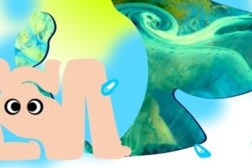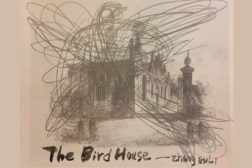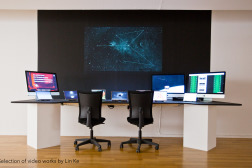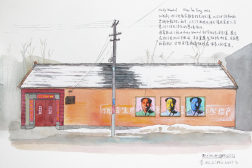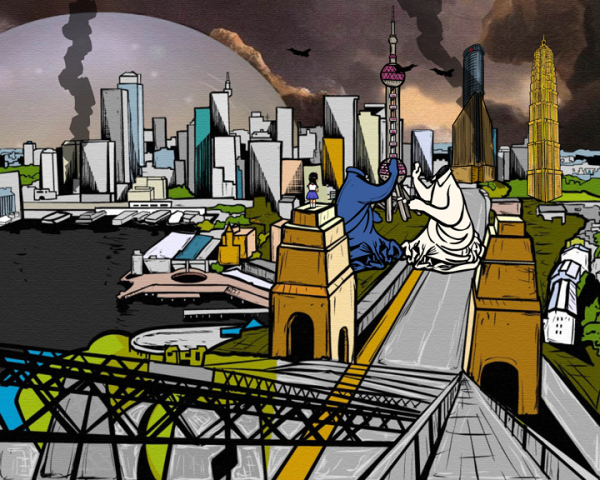


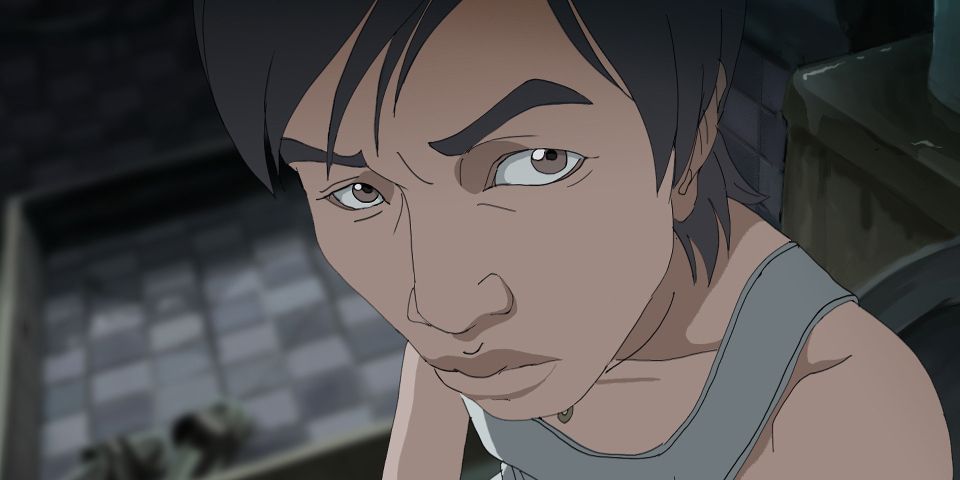
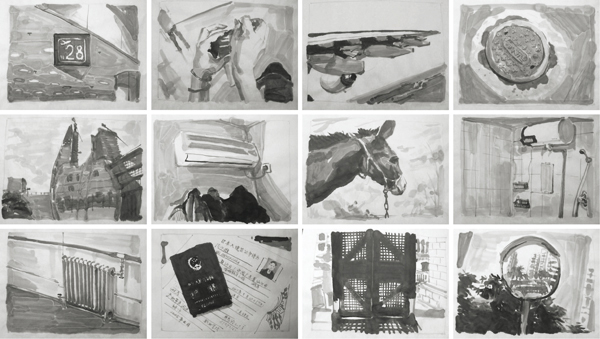
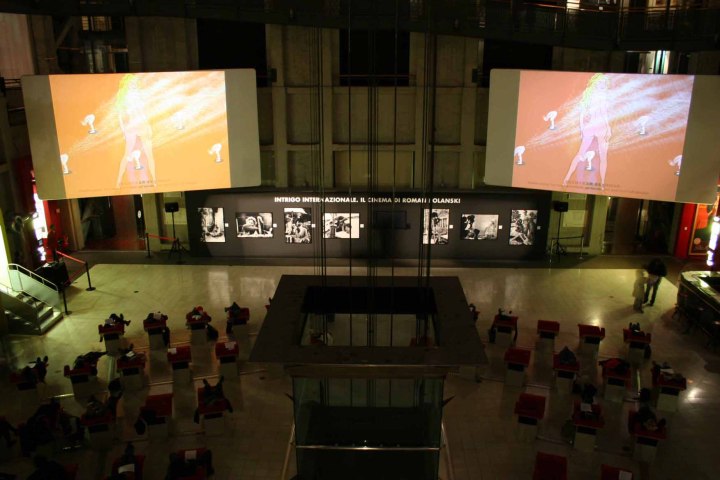

Indonesian and Chinese Animation Screening at Artissima Cinema
Arthub’s Davide Quadrio along with Defne Ayas and Agung Kurniawan curated a screening that presents animation artworks from China and Indonesia. Starting from a “metaphorical place” represented by China, a country that symbolizes the inevitable new order of the world, the two programs present a selection of animated short videos that reveal different contents and sensibilities, linked to the traditional Chinese shadow theaters and Indonesian puppet theaters.
The two selections present works of animation by artists where narratives are sometimes disconnected and images create metaphorical stories related to society, politics and sometimes the environment–problems of the conscious. The short movies have a decorative influence and appear to have a strong connection with the esthetics of TV commercials and mangas.
To download the catalogue see here.
An Unforgettable Tour by Defne Ayas
Although China’s golden age of animation came to a complete halt when Mao Zedong jumpstarted the Cultural Revolution, animation has again become a highly ubiquitous medium not only within the moving image culture but also the visual art culture within China today. As in the rest of the world, some select artists in China have increasingly been using animation to create narratives of space in time, incorporating it into their installations and exhibitions. The medium’s capacity to embrace a sense of critical playfulness, while visually presenting complex scripts and scenarios that have no other way of representation has certainly captured the artists’ minds and imaginations.
A short, but dynamic season of animated films, made by a new generation of Chinese artists explores the medium’s myriad forms and applications, while giving a fascinating tour of an imaginary China. Implemented frame by frame through various techniques such as ink, line or vectorized drawings, or with additional digital forms and effects, these expressive animations present a number of radical scenarios and forms in relation to the Chinese society. In these fascinating condensed epics of loss and control, fantastical characters and creatures, post-apocalyptic and futuristic landscapes are abound, as well as more universal themes, such as urbanization, consumerism, sexual politics, historical memory and amnesia, the imaginary in the cultural record.
Hoping to facilitate a deeper examination of animated space in relation to the cultural and visual conventions found in China today, this program will feature the work of the following Chinese artists: Sun Xun, Qiu Anxiong, Chen Shaoxiong, Feng Mengbo, Tang Maohong, Bu Hua, Wu Junyong, Guo Yuanyuan/Peng Penghua, and Eric Siu.
Moving Imagination, or Animated Illusion by Agung Kurniawan and Davide Quadrio
Motus perpetuum is a constant feature of the region of Yokyakarta, with its ocean and volcanoes, modernity and tribal traditions. For this year, 2008, I have invited Agung Kurniawan, one of the most influential artists in Java, to curate a review of animation shorts that interpret the process of “animated” creation from the “wayang” (puppet theater) through to animation shorts of the present day. The review ends with a documentary on a divinatory tribal rite that illustrates one possible proto-idea of “animated illusion.”
As Agung states:
“Animation is pictures which move. They can be moved by digital devices or just with a manual process. Movement is the essence of animation. In the context of moving pictures the possibilities of this media are enormous: we can start from shadow puppet performance (where people only watch the shadow from pictures which are moved on a canvas) until the latest 3D animation.”
In this review, Agung interprets animation films from this point of view, offering a selection of shorts that run along three main lines, that of time (the history of animation shorts in Java), media (manual and mechanical animation) and historical background (mind motion, the idea of animation in a tribal rite):
“I start from a ‘wayang’ performance (shadow puppet performance) punctuated with various 2D and 3D animations and I will end this selection with a “mind animation” performance: “mind animation” is a picture which is moved by the collective mind, a sort of “imagined” picture. A documentary will give access to this concept of proto animation: once a year in a remote village on the west side of Yogyakarta an event takes place. A village community who reads signs and premonitions through a folded-cloth mark on a tomb cover cloth. This cloth creates various shadowed marks because it has been exposed to rain and weather conditions, to insects’ droppings and other natural ‘interventions’. These marks are then associated to a ‘concrete’ divination. For instance, marks by insects which look like blood splashing can symbolize a disaster or a harvest failure for the coming season. […]”
It is clear that this final chapter calls our attention to the idea of the animated story that is at the origin of the cartoon, and thus of the animation short, in order to include it later in a ‘magical’ and almost ‘religious’ context.
From the lanterns of ancient Egypt or China, and the bas-relief narratives of Greece and Rome, the first experiments in animation like Father Kircher’s magic lantern and Robert’s phenakistoscope, through to Reynaud’s optical theatre, “animated” narration has always been very popular and has played an important educational role in every culture. This review will thus embark upon a possible journey through animation video from Java, including it in a “magical” and divinatory tradition, as Agung describes:
“Just like the Turin’s cloth (the Holy Shroud) that has left a picture of Jesus Christ, animation in Java is not only ‘moving pictures,’ but, most importantly, is based on pictures that move the imagination.”
